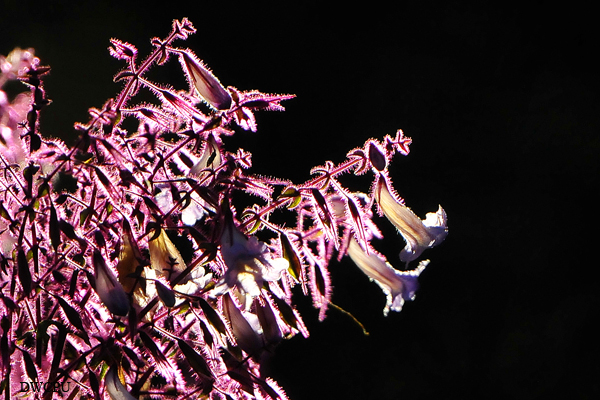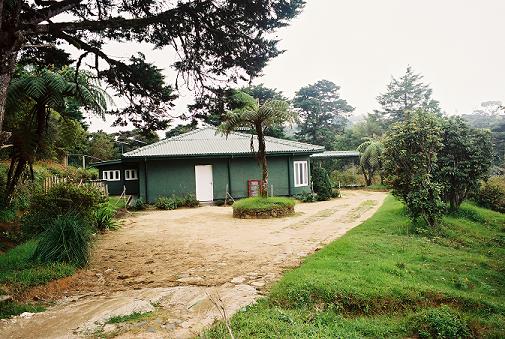
Horton Plains National Park
 |
|
| INTRODUCTION | Horton plain, its surroundings forests and the adjoining Peak Wilderness, consolidate Sri Lanka’s most important catchment area of almost all the major rives. The plains are also of outstanding the habitats and endemic plants and animals representatives of the country wet and montage zones. |
| ACCESS | Horton plains can be reached by any of these all roads
|
| PHYSICAL CHARACTERRISTICS | Horton plains comprises a gently undulation highland plateau at the southern end of the central mountains massif of Sri Lanka. It is dominated to the north by Mount Totupolakanda (2,357m) and to the west by Mount Kirigalpotta (2,389m). Two escarpments filling from the Horton Plain have contributed immensely to its awe inspiring physiognomy, “big worlds end” by 884m. The charm of the verdure of the mountains encircling he plains as intermittently concealed by mist is heightened by the sparking Baker’s fall. The altitude of the park ranges from about 1,800m to 2,389m at the top of Kirigalpotta. The plateau at 2,100m is the highest tableland in Sri Lanka. The annual rainfall in the region is about 2540mm, but for Horton Plains it may exceed 5000mm. rain occurs throughout most of the year but there is a dry season from January to March. Temperatures are low, with an annual mean temperature 15ºC and ground frost is common in December to February.
|
| VEGITATION | Horton Plains is well recognized for its rich biodiversity, its flora given to a high level of endemism. 5% of species are found to be endemic to Sri Lanka. The plateau supports grassland fringed and interspersed with patches of dense montane cloud forest. A rich herbaceous flora flourishes on the patanas with numerous species of both temperate and topical origin. A vast extent of the patanas was broken and brought under potato cultivation a few decades ago. The origin of the montane grasslands has long been debated. Some workers opining that the grassland are an artificial community createx by forest clearance and maintained by periodic burning while others considering them to the natural vegetation of these uplands.
|
| FAUNA | Large mammals could seldom be seen at Horton Plains. Samber is common sight at dusk and in the early morning hours. Mammals which still occur in reasonable numbers include Kelaart’s long clawed shrew Feroculus feroculus slender loris loris tardigradus endemic to the montane toque macaque Macaca sinica , purple faced langur Presbutis entellus, rusty-spotted cat felis rubigimosus and etc. Horton Plains National park harbors 12 species of endemic birds the following birds are recorded only for Horton Plains. Sri Lanka blue magpie Cissa ornate , dusky blur flycatcher Eumyias sordisa , Sri Lanka white – eye Zosterops ceulonensis and Sri Lanka wood pigeon columba torringtonii . There are various species of harriers and buzzards. This park is a paradise for butterflies too. Among reptiles are Snake Aspidurabrachyorrhos and the wide spread agamid Calotes nigrilabris . The only fish is the introduced rainbow trout Salmo gardneri . The distribution of the endemic fresh water shrimp Caridina singhalensis is believed to be confined to a 10k, stretch of river within the park. |
Copyright© 2013 Department of Widlife Conservation







